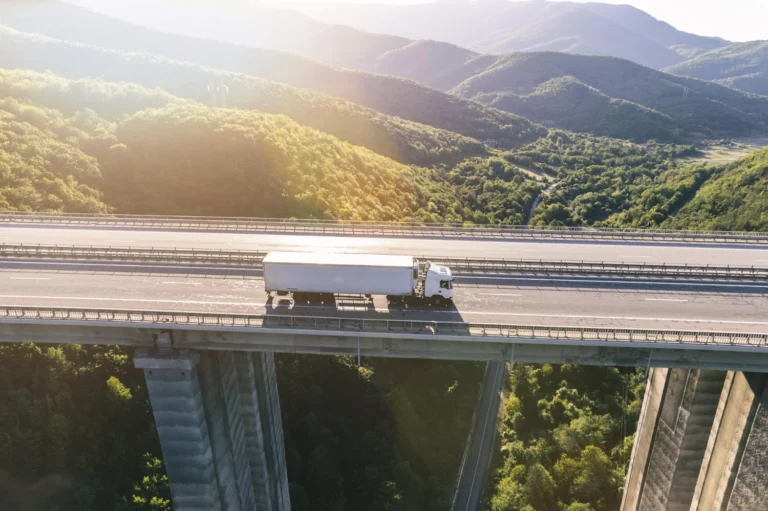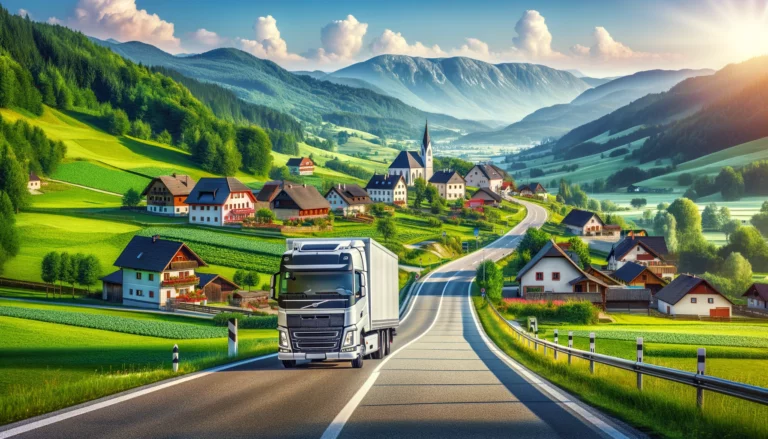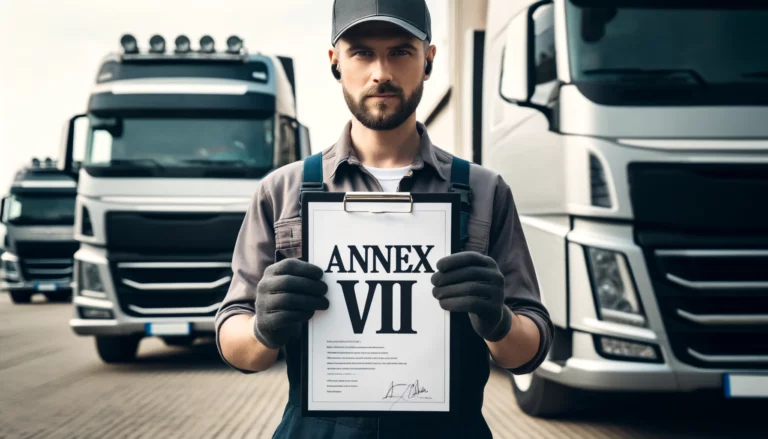Keep your waste licences in check – here’s why it’s important
Everything changes, and that’s not always a bad thing, especially in waste management. By adapting to current circumstances, companies can respond more effectively, particularly in waste transport. With the new Waste Shipment Regulation (WSR) in force since last Monday, May 20th, it’s crucial—now more than ever—to keep every waste licence in check. “Why?” you might ask. Read on to find the answers to your questions.
What is a waste licence and do I really need it?
Like starting any new business, you may have doubts and questions about the sector you want to enter, especially a high-risk one like waste management. If you decide to deal in waste transport on transboundary routes, the most important document you must obtain is a waste licence. It’s sometimes called a waste transport permit or waste shipment licence. You must keep this document with you throughout the entire transport, from the loading point to the recovery plant or similar facility. Depending on the country where you apply, you might need to send the necessary documents in their original form or as digital copies. They may also require you to translate some of the documents into the local language.
Permits to transport waste are often divided into two categories: for non-hazardous waste and hazardous waste. The procedure to obtain each one can and will be different due to the varying levels of risk associated with each type of waste.
Differences in waste types
Depending on the type of waste you decide to transport, different rules will apply. For example, if you choose to deliver old paper, the only document (apart from the waste permit) you’ll need is Annex VII. Annex VII is an attachment to Regulation 1013/2006, which provides rules for transboundary waste transport in Europe. This basic information procedure is relatively straightforward and involves less paperwork, making it suitable for non-hazardous waste like recyclable materials. Annex VII ensures that the waste is correctly identified and accompanied by the necessary information throughout its journey. This promotes transparency and compliance with EU regulations.
However, if you decide to pick up something hazardous, such as used batteries, the procedure becomes more complicated. It involves meticulous preparation. In this case, you’ll need to follow the prior written notification and consent procedure. This requires notifying the relevant authorities in both the shipping and receiving countries and obtaining their consent before the shipment can proceed. This process includes providing detailed information about the waste, its origin, destination, and handling methods. It ensures that all parties involved are fully aware of and agree to the terms of the shipment. This rigorous procedure helps manage the higher risks associated with hazardous waste. It ensures safe and environmentally sound transport and disposal. So, choose wisely and ensure you adhere to the correct procedure for the type of waste you are handling.
New rules to keep in mind
Now more than ever, it’s important to follow rules when transporting waste in Europe. With the new Waste Shipment Regulation in force since May 20th, it’s crucial to keep in mind the significant changes it brings. One of the primary updates is the introduction of stricter export controls, particularly for hazardous waste. Exporting waste to non-EU countries now requires more rigorous scrutiny to prevent illegal dumping. This ensures proper and environmentally sound waste management. Authorities have also implemented enhanced tracking mechanisms, utilizing digital tools to monitor waste shipments in real-time. This increased transparency helps both authorities and companies ensure that waste is handled according to regulatory standards throughout its journey.
Another notable change is the requirement for more detailed documentation and reporting. The new regulation mandates comprehensive reporting for all waste movements, including detailed information on the type of waste, its origin, and its intended disposal or recycling method. This aims to close previous loopholes that allowed for mismanagement and illegal shipments. Additionally, there are now higher penalties for non-compliance, emphasizing the importance of adhering to these updated regulations. Companies involved in waste transport must stay informed about these changes. They must ensure their practices align with the new requirements to avoid severe fines and contribute to the EU’s overarching goals of sustainability and environmental protection.
Conclusion
In an ever-changing world, staying informed and adaptable is crucial, especially in the high-stakes field of waste management. The new Waste Shipment Regulation marks a significant step toward more sustainable and responsible waste transport practices. By understanding the requirements for waste licences and the specific rules for different types of waste, companies can ensure compliance and contribute positively to environmental protection. Embracing these changes not only helps avoid penalties but also aligns with broader goals of sustainability and ethical business practices. As the regulatory landscape evolves, the commitment to transparency, safety, and environmental stewardship will pave the way for a cleaner, more responsible future in waste management.





